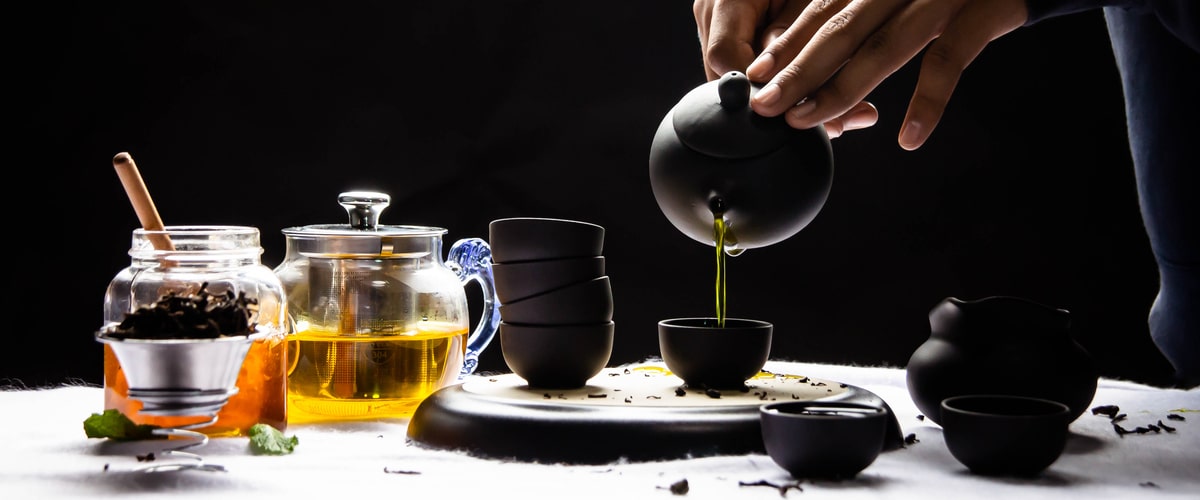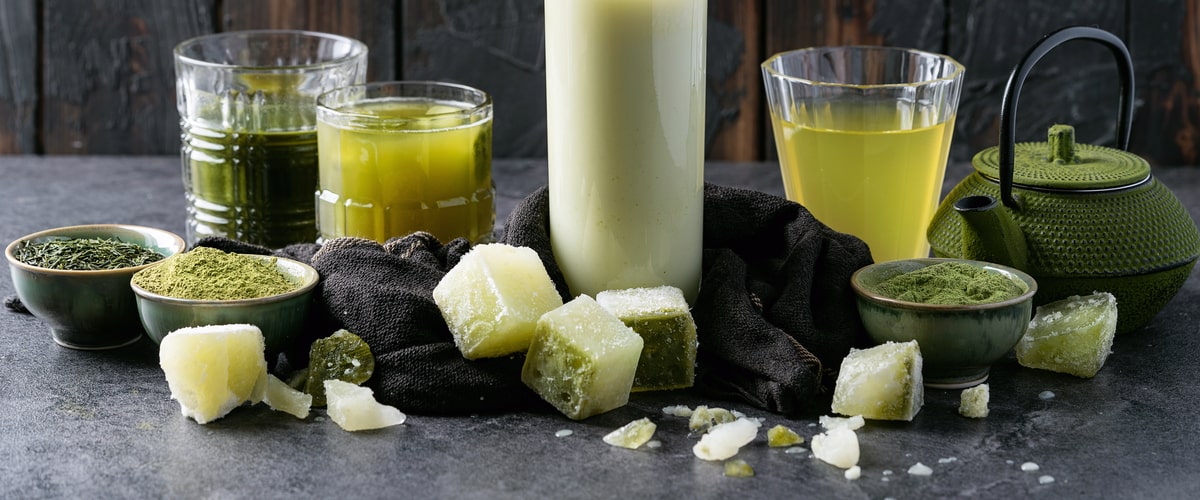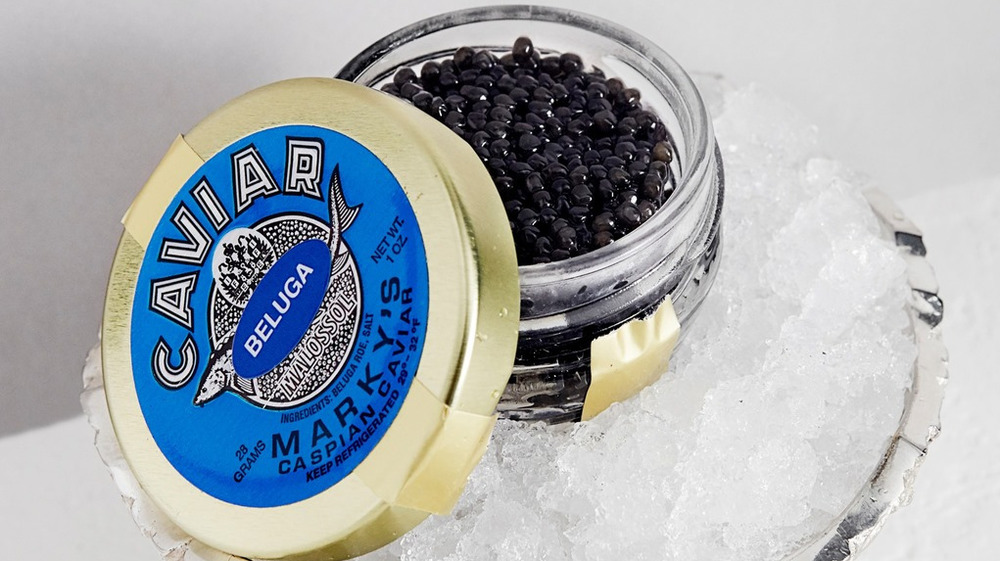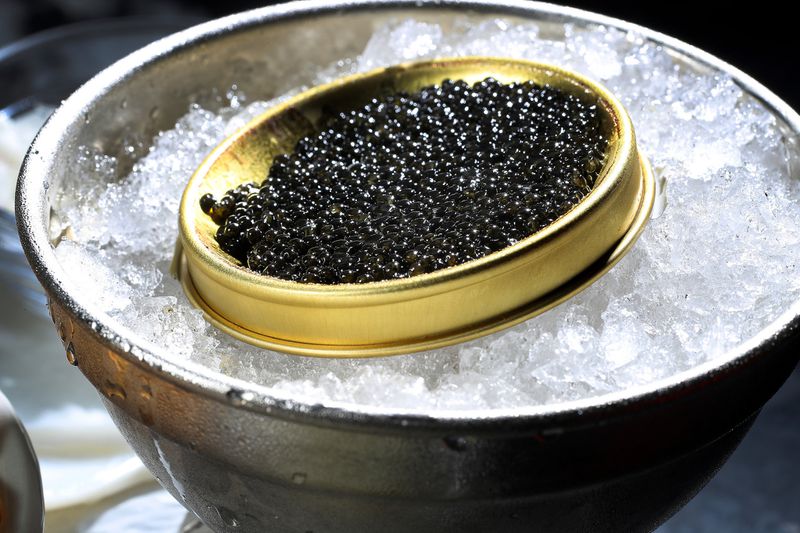The Art of Japanese Tea Ceremony: Rituals and Traditions
Welcome to Marky's Tea Collection. We believe that the experience of drinking tea is an art form, and one with a rich history across cultures. Learning about the rituals and traditions shared through each unique tea ceremony sheds light on our own personal connection to something far greater than ourselves. Here we uncover the delicate ritualistic dance that forms Japanese tea ceremonies--from preparation, presentation, and consumption - for a moment of mindful presence connecting us all together as part of something much larger. Prepare yourself for a journey into this graceful enlightening tradition alongside Marky's Tea Collection!
Introducing Marky’s Tea Collection and the Art of Japanese Tea Ceremony

Marky's Tea Collection is a celebration of the art and ritual of Japanese tea ceremony. As an avid lover of tea, Marky has spent countless hours studying and perfecting the craft of tea-making. His collection is a carefully curated selection of the finest teas from Japan and beyond. But Marky knows that the true beauty of tea lies not only in its taste, but in the experience of preparing and serving it. That's why he's devoted himself to learning the art of Japanese tea ceremony. With its precise choreography, delicate utensils, and rich cultural history, this tradition requires patience, skill, and a deep appreciation for beauty. Marky wants to share his passion for tea and his reverence for this ancient art form with you. Whether you're a seasoned tea drinker or a curious newcomer, he invites you to join him in exploring the world of Japanese tea ceremony.
The Preparation of Matcha - Exploring the Varieties of Matcha Powders

When it comes to the preparation of matcha, selecting the right kind of matcha powder is crucial to achieving that perfect cup. Each variety of matcha powder has a unique taste profile and texture, stemming from factors like the location it was grown in, the age of the leaves, and the shading degree during growth. From the grassy and mineral-rich notes of ceremonial grade matcha to the robust and earthy flavors of culinary matcha, there's a matcha powder for every individual taste preference. As someone who is passionate about the art of matcha-making, I believe that taking the time to explore the different varieties of matcha powders available on the market can lead to a truly magical and indulgent matcha experience.
What is Wabi-Sabi and How Does it Relate to Tea Drinking in Japan
Wabi-Sabi is a Japanese philosophy that celebrates the beauty in imperfection. It emphasizes finding joy and contentment in simplicity and the natural world. This philosophy is particularly reflected in Japanese tea ceremonies, where the focus is on the ritual and experience of tea drinking rather than the tea itself. From the rustic pottery cups used to serve the tea to the deliberate, careful movements of the tea master as they prepare the tea, every aspect is designed to create a serene, mindful moment. The concept of Wabi-Sabi invites us to embrace the imperfect moments in our lives and find beauty in them, much like the tea ceremony allows us to appreciate the moment and the tea rather than focusing on the details. Wabi-Sabi is more than just a philosophy, it is a way of life that encourages us to embrace imperfection and find joy in simplicity.
Utensils Used in Japanese Tea Ceremony - A Guide to the Must-Have Accessories for Making a Perfect Cup of Tea
The Japanese Tea Ceremony, or Chanoyu, is an art form that requires precise movements and specialized utensils. Whether you're a novice or a seasoned tea master, having the right tools is crucial to creating a perfect cup of tea. The must-have accessories include a tea whisk, tea scoop, tea bowl, and a silk cloth to clean your utensils. The tea whisk, or chasen, is used to mix the matcha powder and water. The tea scoop, or chashaku, is used to measure the tea powder. The tea bowl, or chawan, is used to hold the tea and is often chosen for its aesthetic appeal. Lastly, the silk cloth, or chakin, is used to keep the utensils clean and dry. With these essential utensils, anyone can experience the art of the Japanese Tea Ceremony and enjoy a fragrant, delicious cup of tea.
Understanding the Four Steps of Japanese Tea Ceremony - A Guide to Enjoying Every Sip
The Japanese tea ceremony, also known as chanoyu or chado, is a cultural practice that goes beyond the simple act of drinking tea. It exemplifies the values of harmony, respect, and peace that are integral to Japanese culture. Understanding the four steps of the tea ceremony can help you fully appreciate the experience and savor every sip. First, the host prepares the tea and presents it to the guests with a bow. Next, guests compliment the beauty of the tea utensils, offering appreciation for their craftsmanship. Then, the guests enjoy the tea, focusing on the aroma and flavor while engaging in conversation. Finally, the host cleans and prepares the utensils, signifying the end of the ceremony. Each step is carefully orchestrated and steeped in tradition. By following this guide, you too can participate and find joy in the art of the Japanese tea ceremony.
Exploring the Different Types of Tea Drinks Popular in Japan - From Green to Hojicha, Learn About All the Delicious Flavors
When it comes to tea, Japan has a rich history and culture that dates back centuries. But what exactly are the different types of tea drinks that have made their mark in Japan? From the famous Matcha green tea, which has become a trend all around the world, to the savory and roasted flavor of Hojicha, Japanese tea offers a wide array of unique and delicious flavors. In addition to these two popular teas, there are also Sencha, Genmaicha, and many other variants that have unique brewing methods. If you're a tea lover, you will find yourself exploring a whole new world of tea in Japan, and it's truly an experience worth indulging in. The journey to discovering the different types of tea drinks popular in Japan will surely be a treat to all your senses.
In conclusion, tea is an essential part of the Japanese culture, and despite the vast variety of teas available in Japan, Marky's Tea Collection stands out for it's attention to detail and commitment to providing quality traditional teas. Through their unique combination of artful presentation and precision tea brewing, the Collection brings out the best flavors in each cup and inspires a love and respect for all things tea. Whether you're a novice or connoisseur, it's always worth taking time to enjoy a moment of wabi-sabi. This is how true appreciation for one of Japan's oldest beverages is cultivated. To experience Japanese tea ceremony in its purest form, there's no better option than exploring Marky’s Tea Collection.






